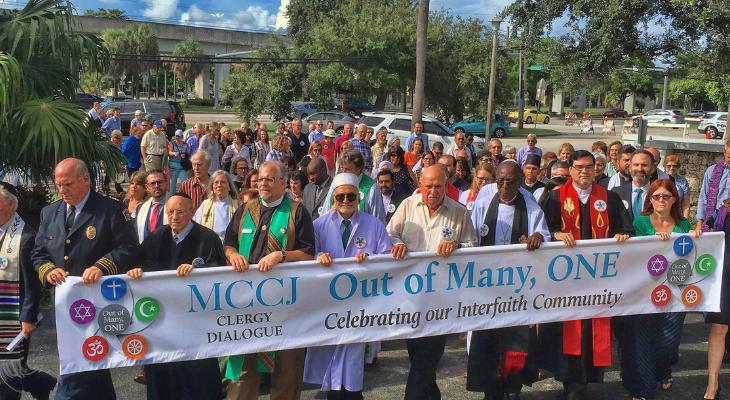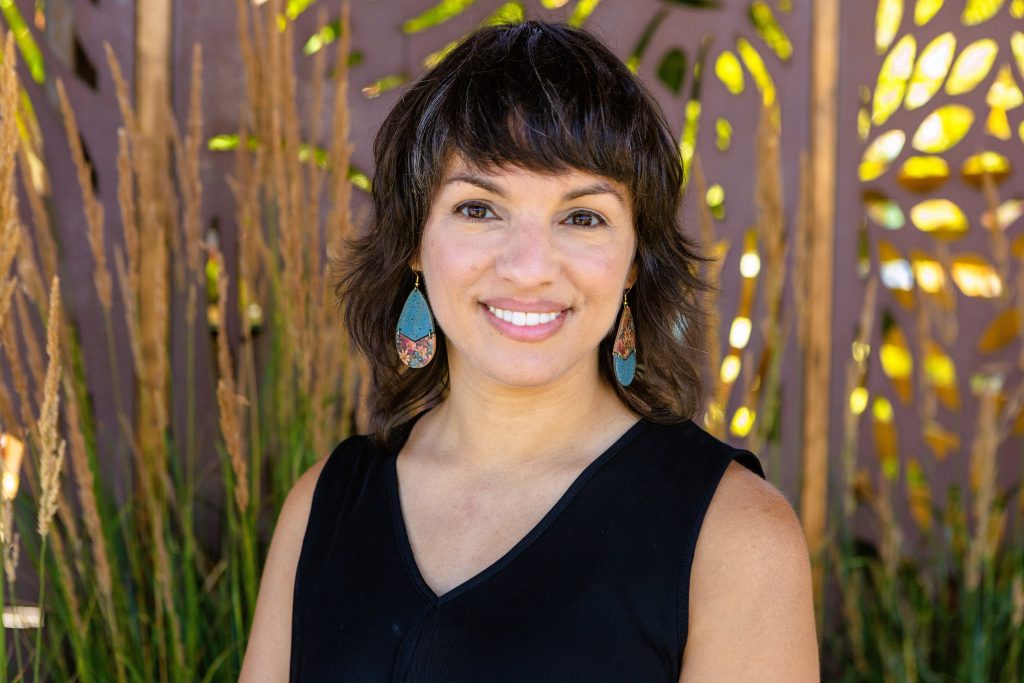What Linda Greenhouse Got Right, and Wrong About Religion in America
September 23, 2021

Linda Greenhouse’s recent piece “God Has No Place in Supreme Court Opinions” makes a robust case that the new Texas abortion law has no secular basis but can only be read as legislating religion – in her view, a sign of the “theocratizing of America.” She argues, with obvious passion, that Republican politicians using their religious commitments as the basis for their policy perspective is “letting God into the legislative chamber” in a way that should concern us to our core.
Is our country lurching towards theocracy, as Greenhouse claims?
I’m no fan of the new Texas law but it seems to me that Greenhouse is making some key mistakes in her understanding of religion within this argument. As religious claims take center stage in a variety of issues in public life—not just with regard to abortion legislation, but also vaccine mandates and masking requirements—the strength of our civic discourse depends on having a well-informed perspective on religion in the public square.
Greenhouse’s first mistake is a narrow understanding of what we mean by “religion.” Her concern about religious claims in the public square leaves out other religious folks who draw on their religious traditions but arrive at very different policy conclusions. Sheila Katz, CEO of the National Council of Jewish Women, grounds her commitment to bodily autonomy in Jewish values: “We believe that since everyone was created in the image of the divine — b’tzelem elohim — each person should have full control of their own body, and that doesn’t change with reproductive health.” While Texas politicians are using Christian language to argue for the new abortion ban, some Christian clergy are taking an active role standing against the abortion law based in their own understanding of Christian tradition. Is this what Greenhouse means when she suggests religion should be banned from public debate? If a Jewish or Christian legislator were to utilize similar religious claims in expressing support for a particular policy end, should those views be similarly banned from public exchange? Greenhouse appears to be conflating “religion” with a particular interpretation of Christianity, and I wonder if her conclusions would differ if she didn’t make this leap.
Furthermore, it is important to point out that religious freedom law, in fact, upholds the rights of politicians to express religious positions on all kinds of subjects. While Greenhouse cites instances of Democrats assiduously toeing the line between church and state, there are in fact plenty of situations where left-leaning politicians and activists have expressly grounded arguments for their policy goals in religious language, including our current president. Not only is this right protected, both sides historically utilize that right.
The issue, then, is not the presence of religion in the public square (and Greenhouse’s explicit stance that religion in public life leads to a theocratic threat). Instead, the question before us is how to express those religious commitments within in a pluralistic society.
This is a question with some history in political philosophy, as well. Leading philosophers, such as John Rawls, Richard Rorty and Jeffrey Stout, contend with the challenge of religion in public life at some length, each arriving at somewhat different conclusions. Stout’s “Democracy and Tradition” provides the most useful framework in my mind, defending the importance of religious claims in the public square and indeed, underscoring how fundamental diversity of perspectives are to the democratic project: “(Democracy) takes for granted that reasonable people will differ in their conceptions of piety, in their grounds for hope, in their ultimate concerns, and in their speculations about salvation. Yet it holds that people who differ on such matters can still exchange reasons with one another intelligibly, cooperate in crafting political arrangements that promote justice and decency in their relations with one another, and do both of these things without compromising their integrity.”
This is why religious diversity is such an important American strength. Rather than operating from a narrow understanding of what “religion” is, we should understand that we are, in fact, a religiously diverse society, and that that very diversity provides us the opportunity to fulfill a higher democratic aspiration. To my mind, rather than attempting to limit religious influence in the public square, we should instead embrace it as an opportunity for a more capacious public discourse. However, asserting the value of religious expression in public comes with a key additional understanding – America is a nation of religious diversity. No one religious (or non-religious) expression trumps another, no one commitment carries greater weight than another. America’s religious diversity allows us to express our deeply held values commitment in public. It also requires us to take other, divergent perspectives just as seriously.
Greenhouse’s basic frustration is about the presence of one expression of Christianity in the legislative process. Her solution, it seems, is to uphold a firm barrier between religious expression and the policy process. That solution grants primacy to one religious interpretation, rather than allowing for a growing set of religiously diverse voices to add to a broader conversation that might steer the discourse in different directions.
This solution fails to leverage the great possibility of our religious diversity. Leaning into the strength of America’s religious diversity requires us all to contend with the reality of divergent, and equally valuable, religiously and ethically grounded claims around issues of common concern.
Share
Related Articles
American Civic Life
Is This a Time for Bridgebuilding? 5 Leaders in Conversation
American Civic Life
Eboo Patel and Wajahat Ali: Is “Interfaith America” Even Possible?
Interfaith America Interview



